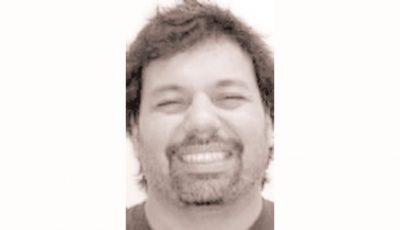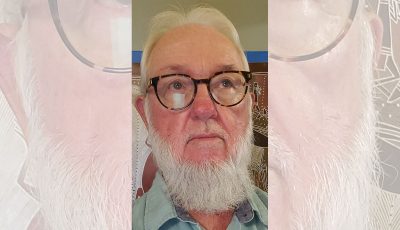Consciousness and image
Kenneth Boulding in 1956 published The Image: Knowledge in Life and Society, which began a conversation that I later joined after drinking deeply of the “earthrise” picture of ’68, deciding to be a citizen of the blue orb in the sky. My consciousness and an image merged into a story that determined behavior. Boulding’s insight follows the following basic premise:
We operate out of images.
These images govern our behavior.
Images are created by messages.
Images can change.
Changed images create change behavior.
I mention these five points again to remind me of their relevance, still. It illuminates the behavior change that earthrise brought, just like a friend’s pat speech. She says, “I only have three things to say: reuse, reduce, recycle.” From consciousness and image spin a lively story. Sometimes though, the effect is not too lively.
When I was in grade 11, I took a psychological test. A counselor briefed me on the result. Her message: You are overachieving. I did not exactly know what that meant but at the time, I was alarmed that if I continued the academic path I was in, I would turn cuckoo. Cuckoo was the image. I focused on sports, athletics, and social life instead after letting academic excellence fall by the hallway.
A friend received scholarship from a sponsor to attend a vocational high school. He consented but received a jesting message that his family did not consider him smart enough to attend liberal arts high school. It lingered so he nursed a deep slight past his adult life, blaming his family for subverting his academic direction.
An older friend did not resemble any of her four siblings, a bit darker and shorter. Her father joked that the day she was born at a Manila hospital during World War II, the electricity blacked out and she might have been inadvertently swapped with another baby, thus the dissimilarities. When she turned 40, the unintended cruelty of the joke came out in an emotional outburst that claimed her family never wanted her all along.
A good friend from the Philippines signified to her adviser after high school that she wanted to be a nurse. She felt she did not get a supportive response. So she shifted to pursue secretarial science. The adviser commented that she was not pretty enough to be a secretary and not smart enough to learn stenography. The adviser was not perceived to be jesting so my friend took her negative response to heart. Others rue today with the lament that she seems still trying to prove she is prettier and smarter than anyone else, or just as pretty and smart as the best of them.
The above examples are personal at the individual level of how messages create images that determine behavior. On a larger scale, the image that has defined us in the last 300 years as a specie is the way we are organized. We created nation-states, beginning with the breakdown of the imperial entity after the Vatican blessed Spain and Portugal’s split of the known world, to the feudal states in Europe, and the colonies of competing empires.
After World War II the nation-states exploded in Asia and Africa but the former colonizers agreed that the new nation-states would follow the sovereign lines of their former masters. Spanish occupiers (and their successors) never subdued the Moro in Mindanao, yet they were included in the new political entity named after Spain’s Principe Felipe. The same arrangement did not sit well with the Tutsi and the Hutu in Rwanda. The “nation-state” reels from that misjudgment!
There are now global issues that require global solutions and as Simon Anholt in his TED talk on the Good Country Index said, we elect leaders who we ask to lead by looking through “microscopes when they should be looking through telescopes.” We know of global challenges but we are reluctant to jump into proposed practical global responses because we are reluctant to change as a specie. The reality of climate change, for instance, is not a Canada, China, or Chile issue; it is a worldwide issue that 7 billion people need to look at and decide how to deal with.
Politicians in the Commonwealth respond to issues as if political entities can operate as islands separate from the realities of one planet. The issue of a besieged planet does not recognize nation-state. Only the image of one blue orb without boundaries impact the story of our lives.
How to act in this instance, in our violent instincts, echoes Jean Anouilh’s Antigone:
“You grab the wheel,
you right the ship …
You shout an order,
and if one man refuses to obey,
you shoot straight into the mob. …
The thing that drops when you shoot
may be someone who poured you a drink
the night before; but it has no name.
And you, braced at the wheel,
you have no name, either.
Nothing has a name —
except the ship, and the storm.”
The ship and the storm. On one planet Earth, the option to shoot is no longer required but we cannot afford to be less radical. Time to peek on the telescope.



























